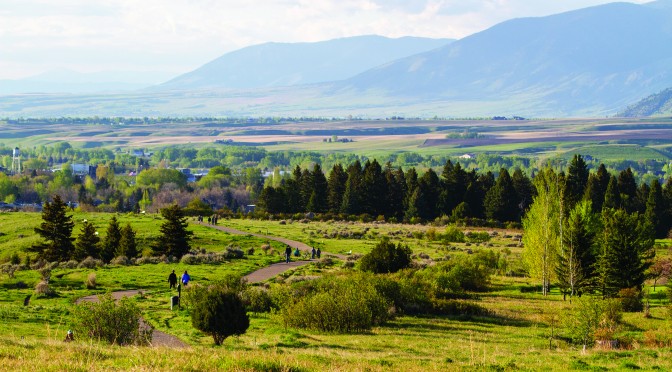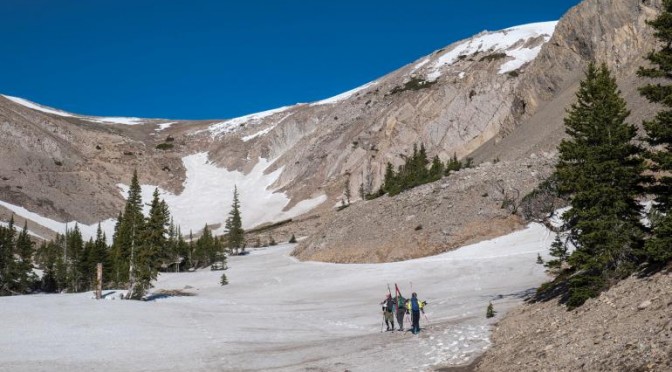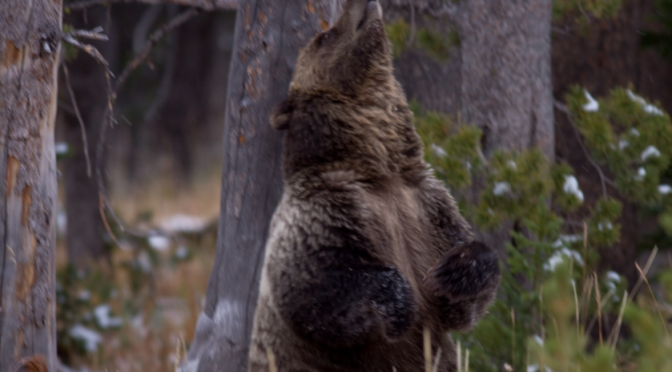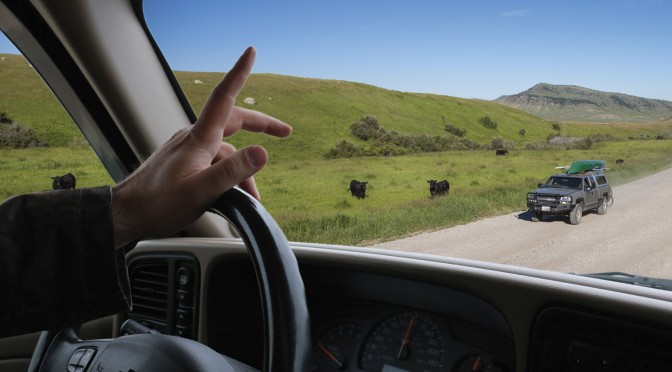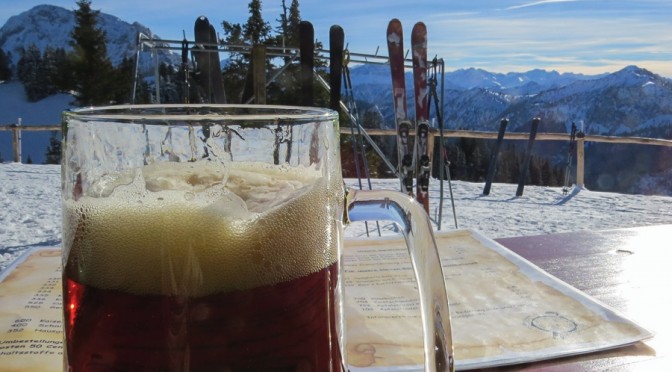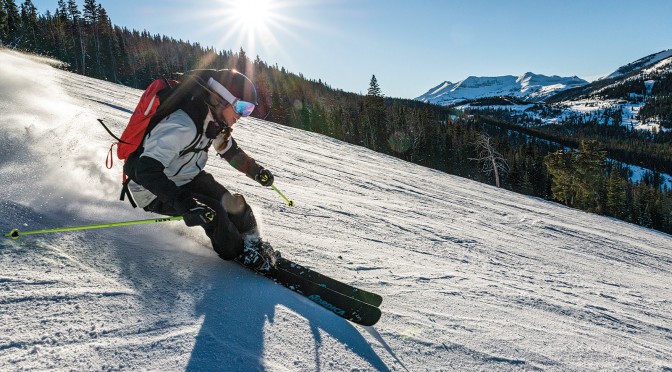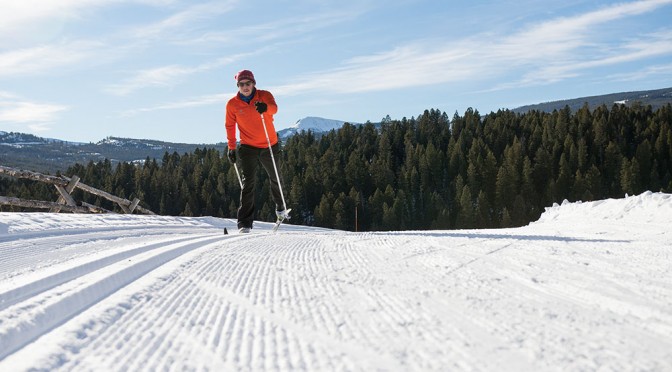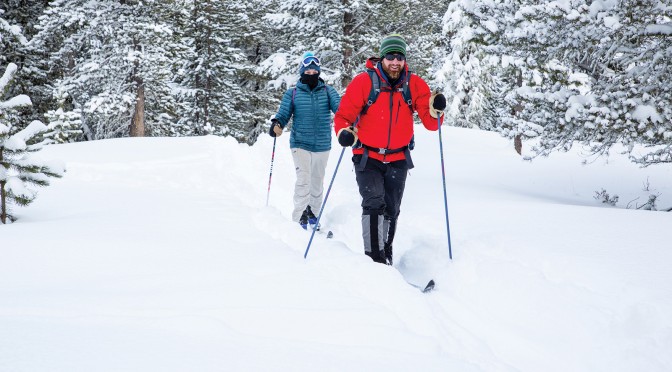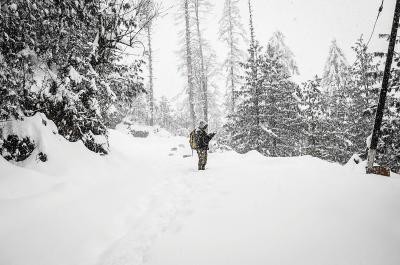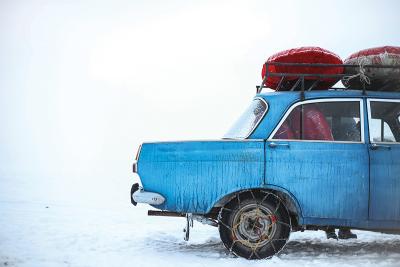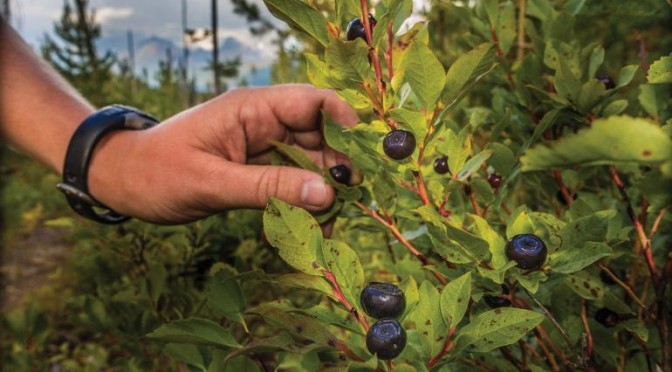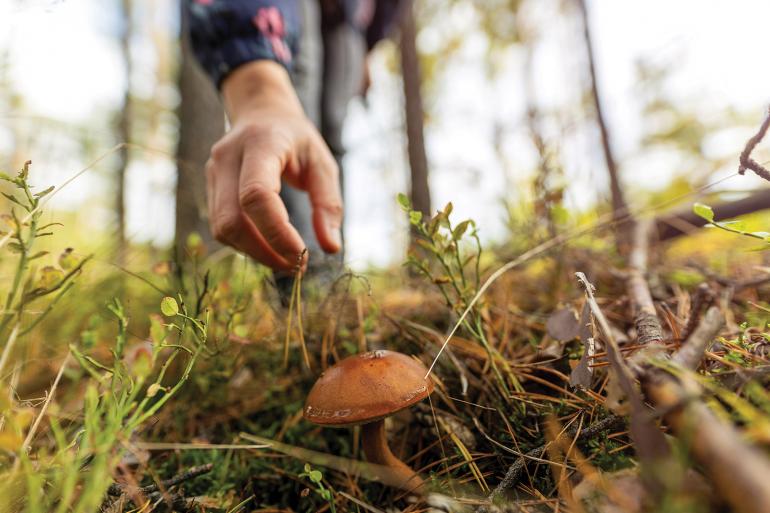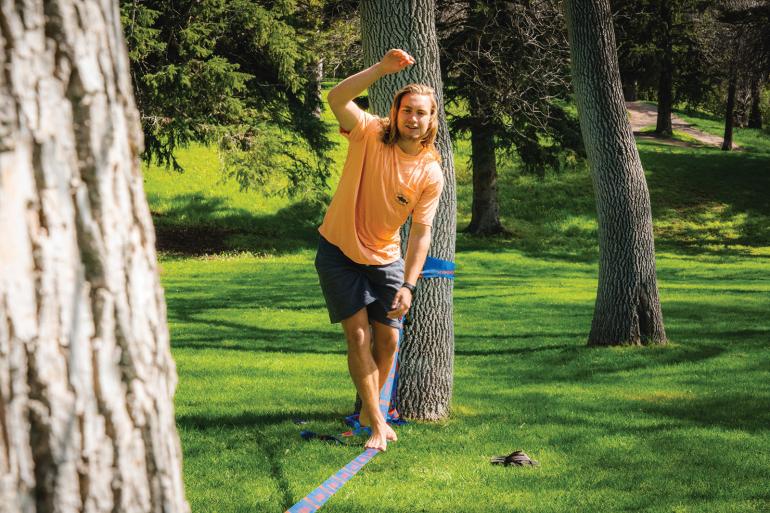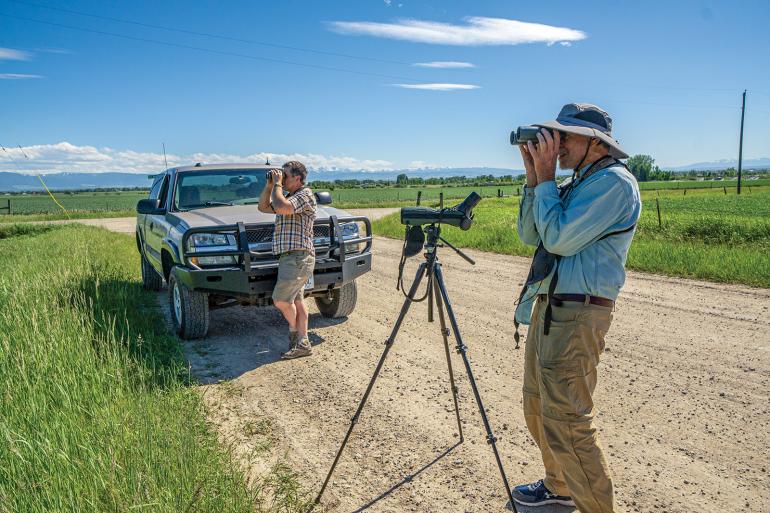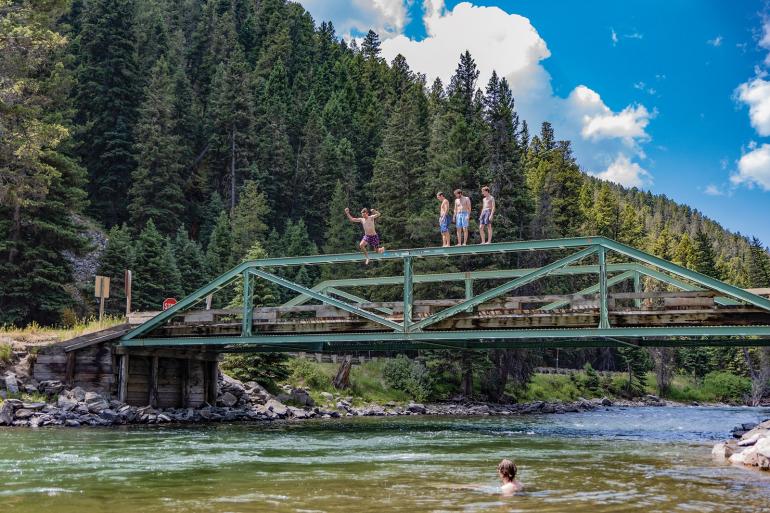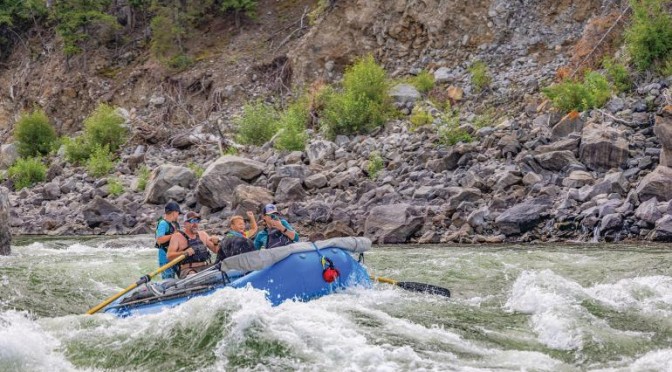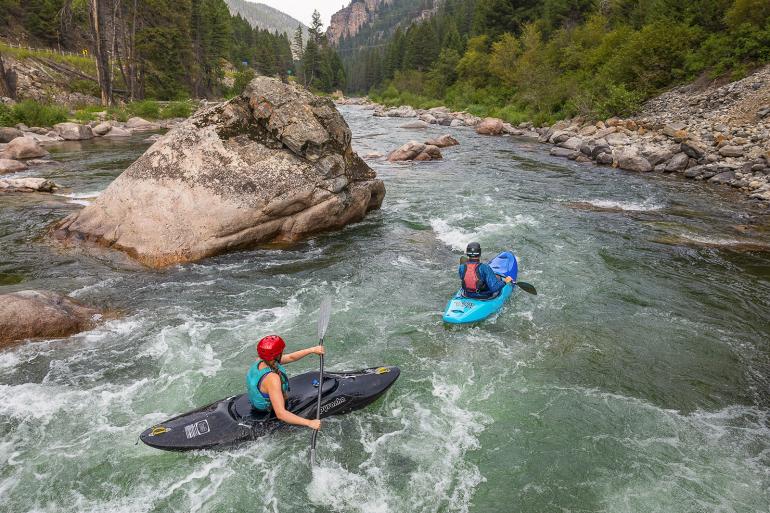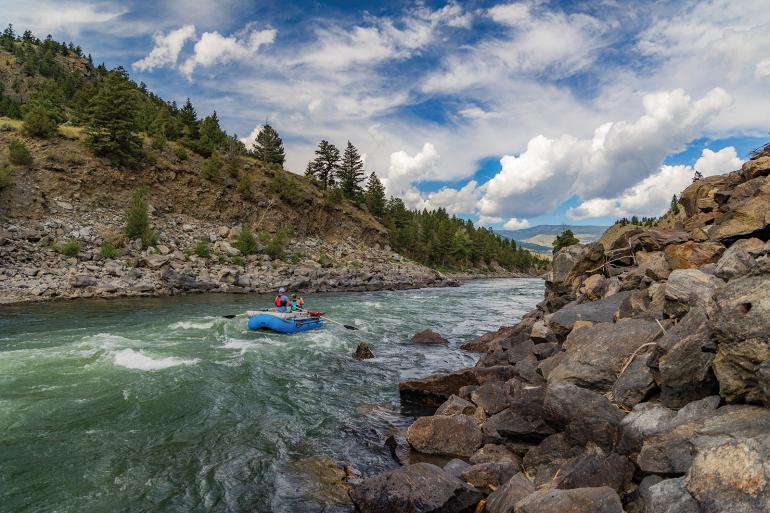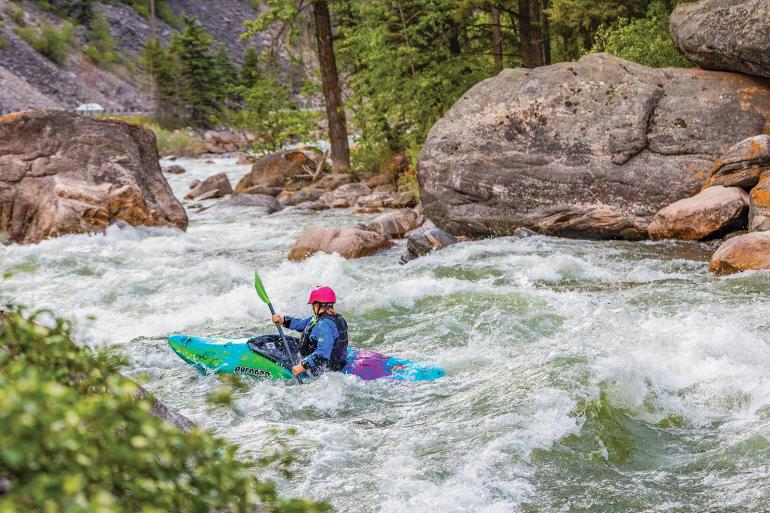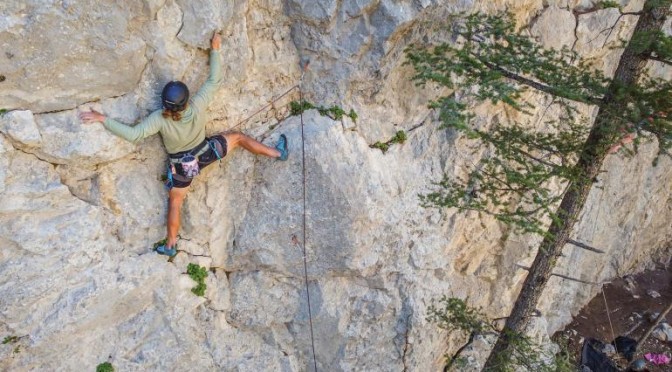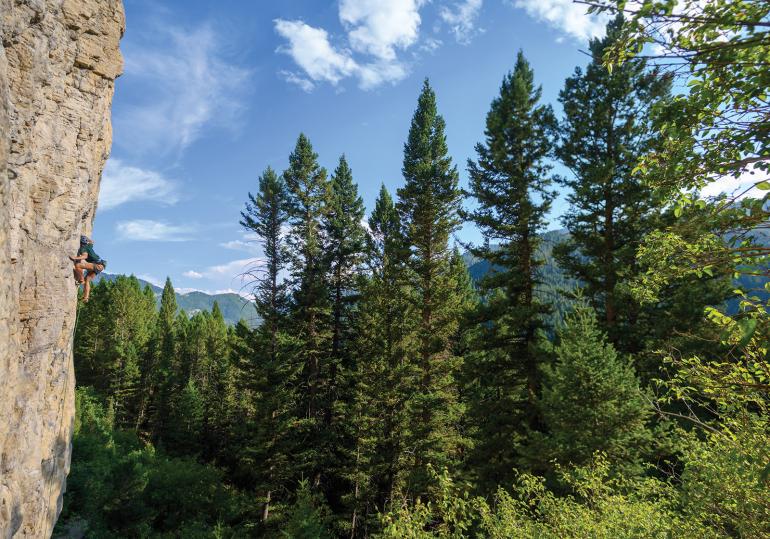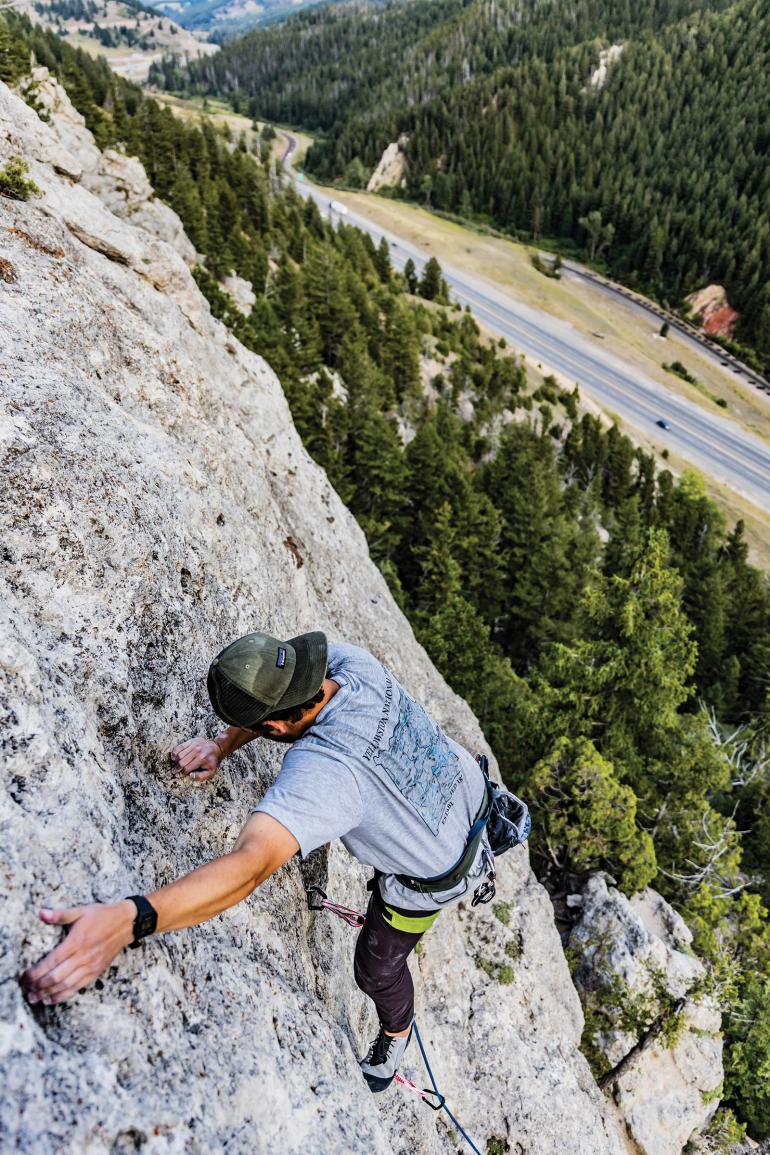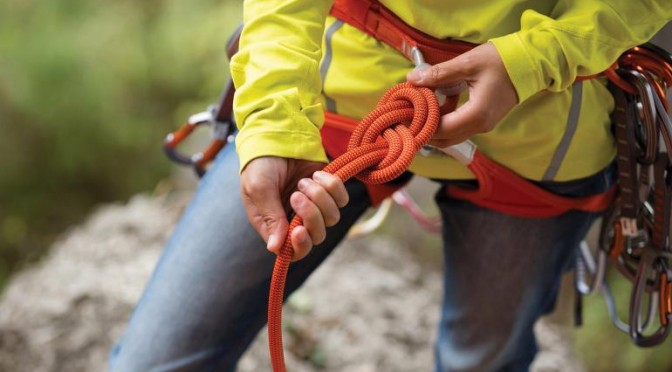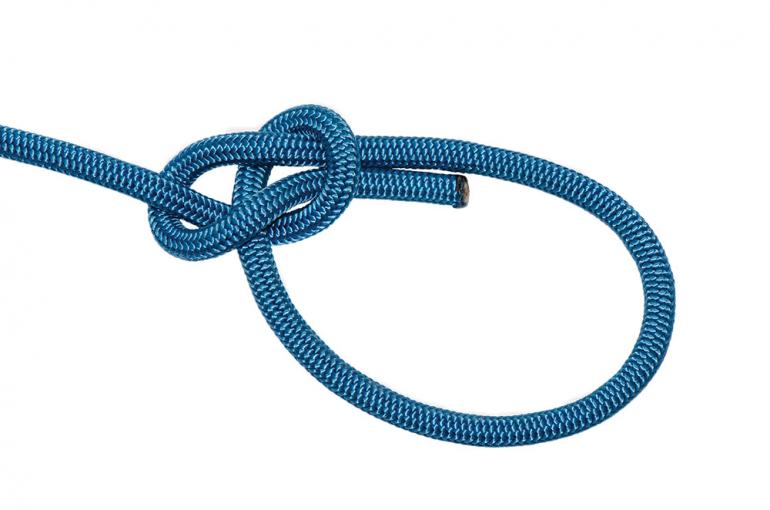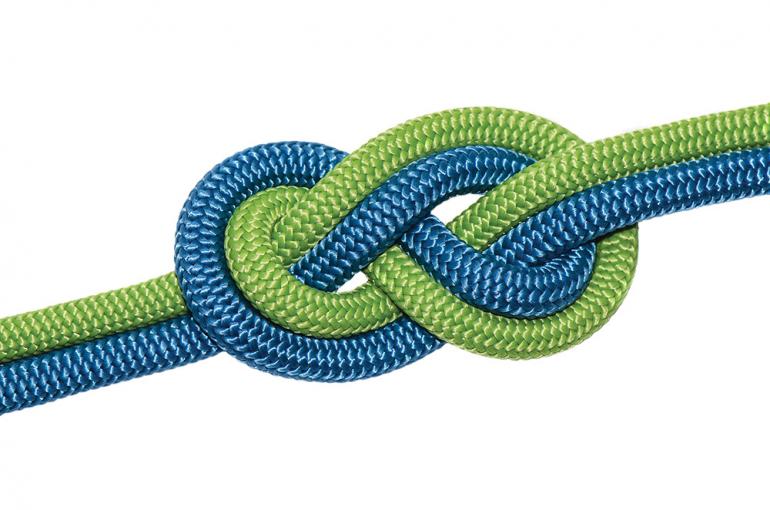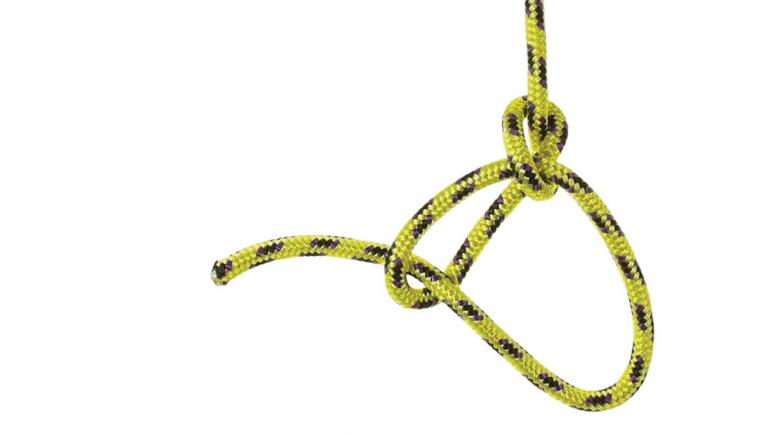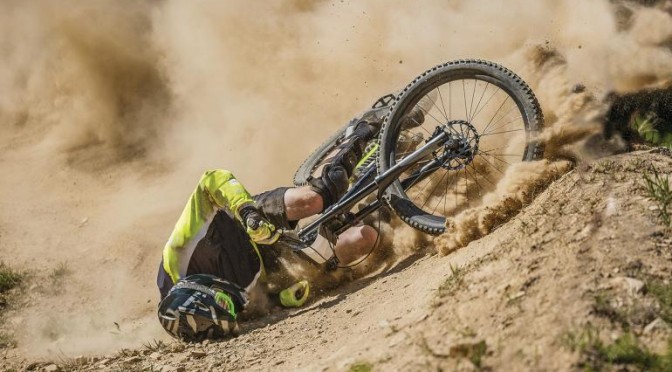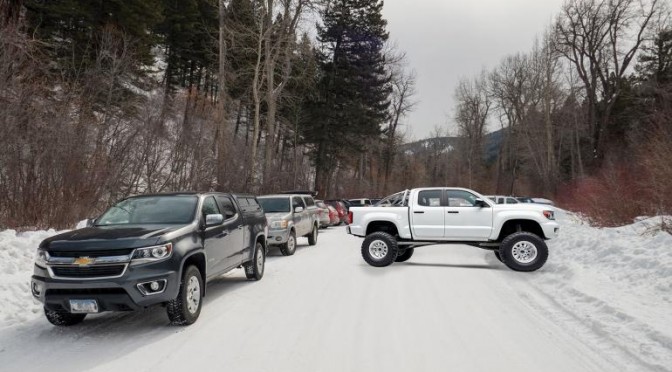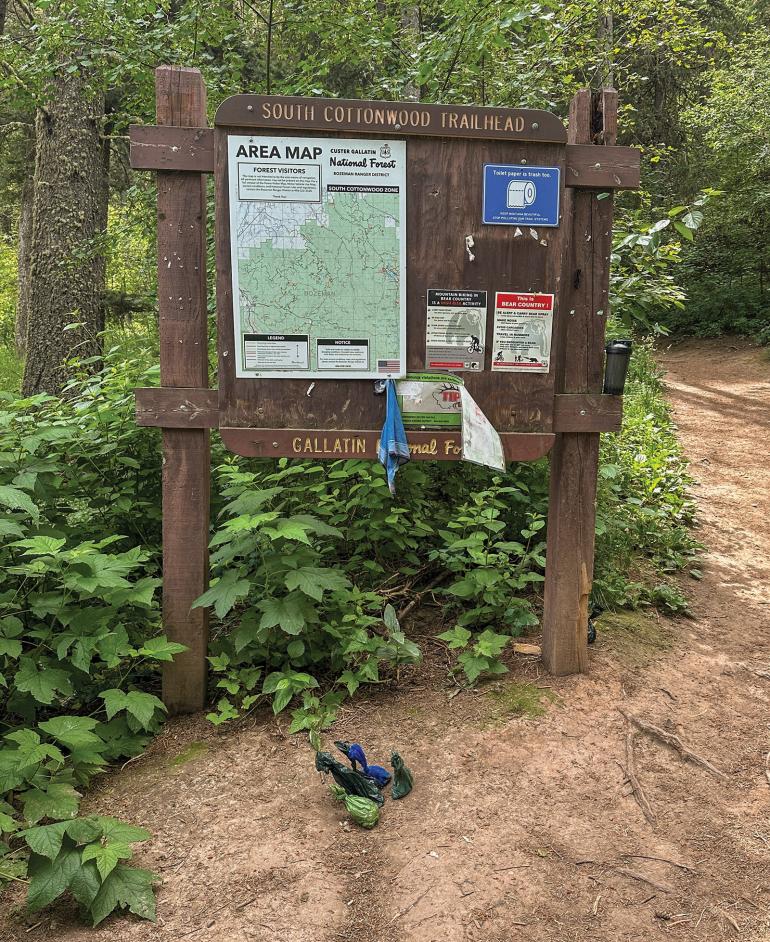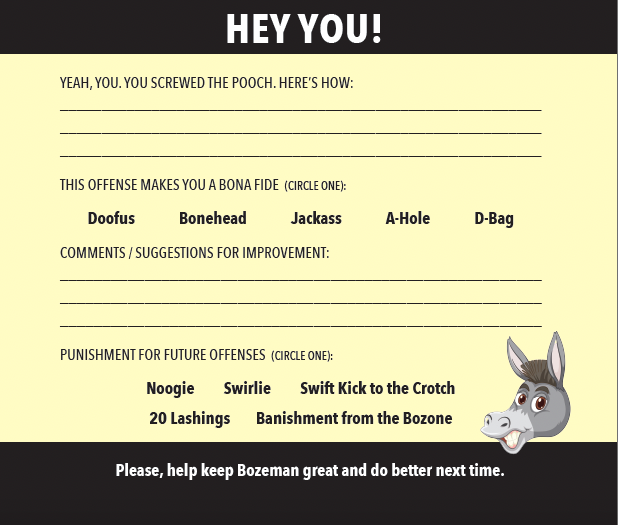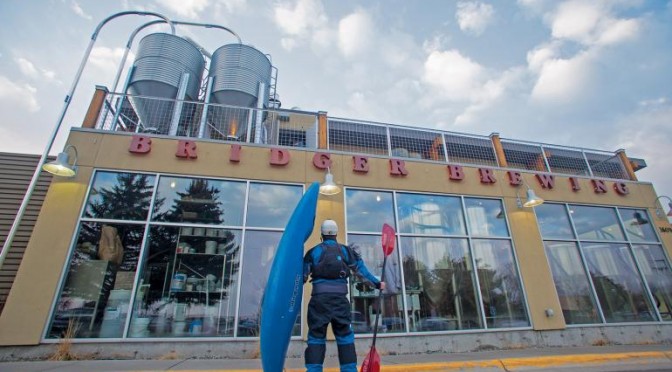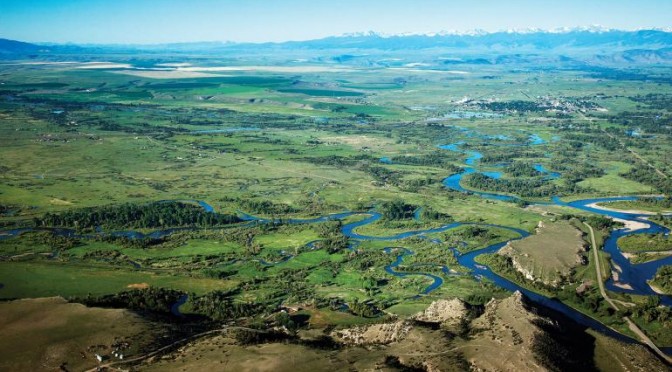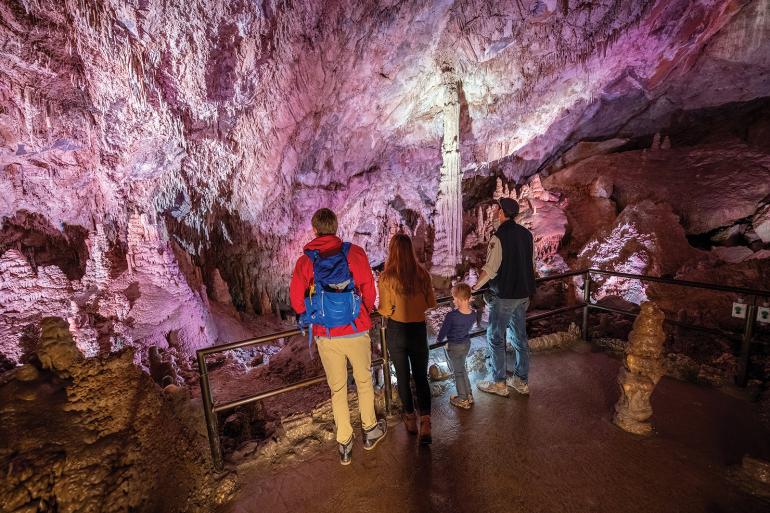by the editors
Of all the outdoor activities available around Bozeman, downhill skiing is among the most celebrated. When that first dusting of snow comes in late fall, the upcoming ski season becomes the talk of the town. People come from all over the country to ski our famous cold smoke—fine, dry powder that stacks up by the hundreds of inches. It takes a hardy soul to get outside in the dead of winter here, but a fun day on the slopes with good friends makes it a whole lot easier. So whether you’re a lifelong skiing addict or a magic-carpet-riding neophyte, you’ve come to the right place.
Where to Go
Look around you—there are mountains in every direction, and every range offers good skiing. You’ve probably heard of Bridger Bowl and Big Sky Resort, and you can spark debate at any bar by asking which mountain is better. Go find out for yourself.
Outside of Bozeman’s immediate area are plenty of mom-and-pop hills to put on the list, most of which offer cheaper lift passes than Bridger, let alone Big Sky (got an extra $200, anyone?) Discovery, outside of Butte, is a great weekend trip with terrain for all levels. Other noteworthy ski areas are Maverick near Dillon and Red Lodge Mountain west of, yes, Red Lodge. Grand Targhee and Jackson Hole are also three hours away for those looking for a slightly longer road-trip. And don’t forget Showdown, the laid-back hill near White Sulphur Springs.
Backcountry adventures are near-limitless around here, and we’ll leave it to you to discover the hidden gems. But if you’re just getting started, check out Lick Creek, Goose Creek, or Telemark Meadows (full route descriptions can be found at outsidebozeman.com). All of these places have low avalanche danger and will let you get dialed in with your equipment before delving into snow science and risk assessment.
Essential Gear
There are no two ways about it: skiing is gear-intensive and it can be expensive to get started. Our local retail shops are top-notch, though, and several big sales happen throughout the year. And because Bozeman has so many skiers, there’s always a huge used market, too. Every fall, Bridger Ski Foundation hosts a ski-swap that draws in thousands of folks to buy and sell gear. If you miss the swap, you’ll still find plenty of offerings on Facebook Marketplace, Craigslist, and secondhand stores around town.
So what exactly do you need? Of course, skis, bindings, and boots are the foundation. Skis come in all different shapes and sizes, and have changed a lot over the past 20 years. If you don’t know what you’re looking for, aim for a pair of skis about the same height as you are, and around 90-100mm wide underfoot. Don’t buy some old clunkers that your friend’s dad grew up skiing on; they’ll be much harder to learn on than modern skis. Look harder for something newer—they’re out there. If you’re buying used, the skis will likely already have bindings on them. If you’re buying new, take the shop’s advice on bindings.
Boots are the most important—and most oft-overlooked—part of the ski setup. They’ll make or break your skiing experience. Poor-fitting boots are the most common reason why new skiers don’t stick with the sport, but a good fit will keep you comfortable all day long. Ski boots come in many different shapes, and what fits one skier perfectly could be disastrous for another, so don’t buy boots based on recommendations or reviews. There’s no substitute for a professional boot-fit at a shop.
If you’re interested in backcountry skiing, things get a bit more complicated. First off, there are many more nuanced options for backcountry bindings compared with the generally-universal models for pure downhill skiing. Many folks are tempted by heavier, more-secure touring bindings that mimic the safety mechanisms of downhill bindings, but keep in mind that the extra weight is going to tire you out in the skintrack. If it’s your first pair, go for something middle-of-the-road.
The same pattern goes for backcountry boots. Heavier boots offer better downhill performance, but lighter boots—often built with a smoother walk-mode—will take less effort when skinning. A good boot-fitter will point you in the right direction.
Touring skins come in lots of varieties these days. Skins designed for SkiMo racing are the lightest and most compact, and are usually cheaper than other models due to their minimalist design. These skins will also glide the most efficiently—again, saving you energy. You can opt for bigger skins with more grip, but as your technique improves, you won’t need it.
You’ll also need a beacon, shovel, and probe for venturing into the backcountry—and some training to learn how to use them. There are avalanche-safety courses offered all winter long around here—consider the course tuition just as important as any gear purchase. And last but not least, don’t forget your helmet!
Etiquette
For better or worse, skiing has a myriad of unwritten (and some written) rules. Some are arcane, but others are worth keeping in mind to ensure you don’t piss anyone off—or worse, put yourself in danger. First and foremost, remember that we’re all out there to have a good time. Keep a positive attitude, gab with strangers, and don’t hesitate to whoop and holler from the chairlift. Ski areas have a universal “responsibility code,” which many a skier, beginner and experienced, would benefit from studying up on. Know the code and it’ll be smooth sailing at the resort.
The backcountry has its own etiquette. Within your group, make sure that everyone’s voice is heard when making decisions. You’ll learn how to render informed judgements in an avalanche class, but a less-experienced person’s opinion is no necessarily less valuable. Keep your group size small—four or fewer is ideal, not only to ease decision-making, but also to lessen your impact on other groups. People are out there to experience nature, and no one wants to reach a hard-earned summit to find 10 other people hanging out. In a similar vein, give folks plenty of space. If another group is getting ready to ski an untracked line, don’t cut in front of them. A few other pointers: don’t pee or let your dog pee (or, God forbid, defecate) in the skintrack, don’t boot-pack up the skintrack (leaving annoying pockmarks for those behind you), and make sure to let people pass if they’re skinning faster than you.
Events
Bozeman loves skiing. Here are some popular events to prove it.
November
Ski Swap – Bozeman. Out with the old, in with the new(ish). If you’re new to skiing, don’t miss this. Bridger Ski Foundation’s annual swap at the Gallatin County Fairgrounds offers huge discounts on quality gear. Drop your old gear off the day before. bridgerskifoundation.org
November
Opening Day – Big Sky. 36 lifts, 4,350 feet of elevation, and 5,800 acres to play on. Have at it. bigskyresort.com
December
Projected Opening Day – Bridger Bowl. Weather permitting, chairs will start spinning for another season of winter fun at Bridger Bowl. Whether you’re first in line or last to leave, opening day is always a party. bridgerbowl.com
January
Community GS Racing – Bridger Bowl. See how you stack up against the rest of the local crowd in this series of two-run GS races. Categories for ski, snowboard, and telemark. bridgerbowl.com
February
King & Queen of the Ridge – Bridger Bowl. Think you have what it takes to hike the Ridge more times than anyone else? Give it your best shot at this annual fundraiser for the Avalanche Center. bridgerbowl.com
Editor’s note: dates are subject to change. For the most updated information, visit outsidebozeman.com/events.

